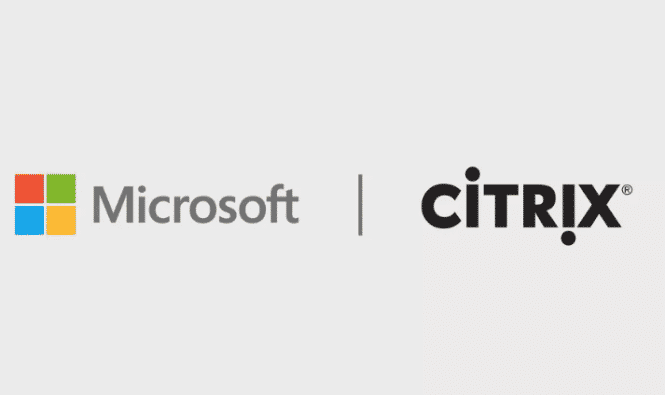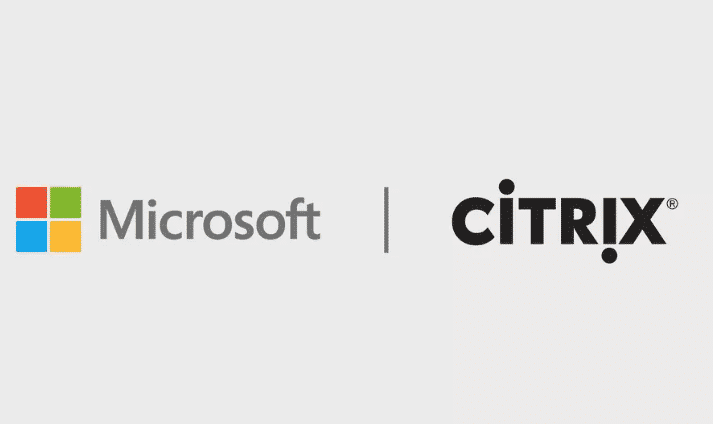
 Microsoft Citrix Partnership July 2020
Microsoft Citrix Partnership July 2020
From the Verge July 2020 — Microsoft and Citrix have been working together closely for decades, but that partnership is going a step further today. Microsoft is partnering with Citrix to use the company’s Citrix Workspace portal as its “preferred digital workspace solution,” and Citrix is using Microsoft Azure as its preferred cloud platform.
Microsoft and Citrix have been working together closely for decades, but that partnership is going a step further today. Microsoft is partnering with Citrix to use the company’s Citrix Workspace portal as its “preferred digital workspace solution,” and Citrix is using Microsoft Azure as its preferred cloud platform. It’s a deal designed to speed up Citrix customers to move to the cloud and virtual desktops.
Microsoft has been investing heavily in Windows Virtual Desktops recently, ever since the pandemic forced many businesses to shift to working from home. Windows Virtual Desktop usage has grown more than three times in recent months, and Microsoft CEO Satya Nadella has prioritized work on both Microsoft Teams and Windows Virtual Desktops recently. Microsoft is even working on improving Windows app development for running apps in the cloud.
Read full article From the Verge July 2020
The multi-year agreement builds upon and expands one of the industry’s longest strategic partnerships. Under the terms of the deal, Microsoft will select Citrix® Workspace as a preferred digital workspace solution, and Citrix will select Microsoft Azure as a preferred cloud platform, moving existing on-premises Citrix customers to Microsoft Azure to enable people to work anywhere across devices.
Citrix and Microsoft will provide joint tools and services to simplify and speed the transition of on-premises Citrix customers to Microsoft Azure. The companies will also devise a connected roadmap to enable a consistent and optimal flexible work experience that will include joint offerings comprised of Citrix Workspace, Citrix SD-WAN, Microsoft Azure and Microsoft 365 sold through their direct sales forces via the Azure Marketplace and a robust community of channel partners. Microsoft will lead sales with Citrix Cloud to move existing on-premises Citrix customers to Azure.
Both Citrix and Microsoft will maintain their long-standing policies of supporting choice for those customers who request alternatives to meet their business requirements.
Since 1999, Thinclient.org has been reporting the thin client computing market as well as the ChromeBook, Zero Client, Android clients, Pi Raspberry Clients and Thick Client market. Generally the cloud computing market since it started with companies such as Citrix back in the late 80s.
A thin client is a lightweight[vague] computer that has been optimized for establishing a remote connection with a server-based computing environment. The server does most of the work, which can include launching software programs, performing calculations, and storing data. This contrasts with a fat client or a conventional personal computer; the former is also intended for working in a client–server model but has significant local processing power, while the latter aims to perform its function mostly locally.
Thin client hardware generally supports a keyboard, mouse, monitor, jacks for sound peripherals, and open ports for USB devices (e.g., printer, flash drive, webcam). Some thin clients include legacy serial or parallel ports to support older devices such as receipt printers, scales or time clocks. Thin client software typically consists of a graphical user interface (GUI), cloud access agents (e.g., RDP, ICA, PCoIP), a local web browser, terminal emulators (in some cases), and a basic set of local utilities.
New hardware interfaces includes socket-based enabled devices eliminating the need for a physical USB connection. Bluetooth wireless connectivity is also a big factor for devices.
